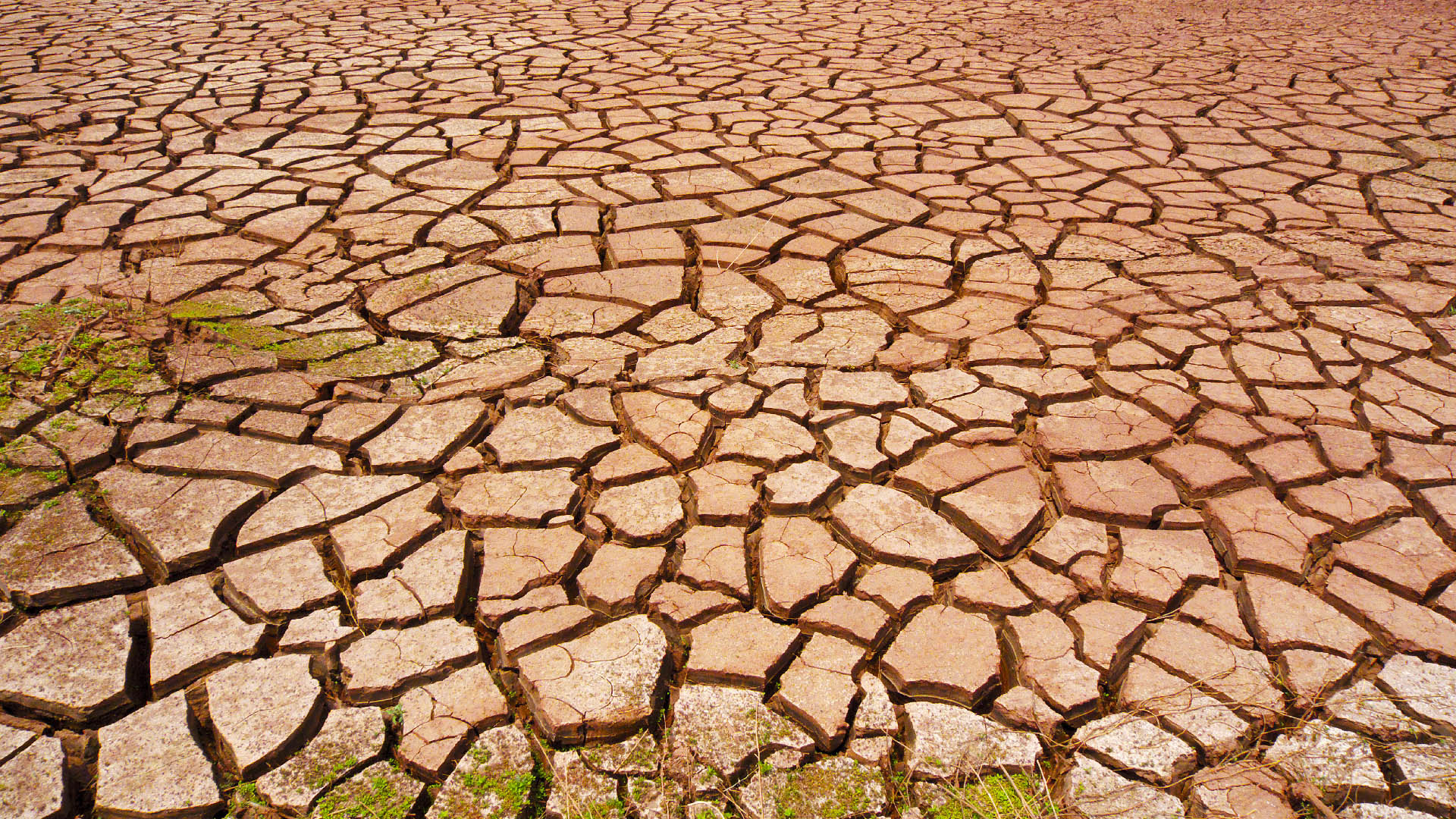
In 1991, Mt. Pinatubo erupted in the Philippines. The eruption spewed 20 million tonnes of sulfur dioxide into the stratosphere, a layer in the Earth’s atmosphere between 10 and 50 kilometers above the ground. The haze of sulfate particles was ushered around the world by global weather patterns, and before long, the whole world was shrouded in a thin layer of sulfur dioxide in the stratosphere.
To many, this haze went seemingly unnoticed; it was spread out in concentrations that would be hard for your average human to notice. However, this haze blocked a small amount of sunlight, enough to actually cool the average global temperature by 1 degree Fahrenheit!

This got scientists thinking. In just under two years, the particles ejected by the Mt. Pinatubo eruption halted and even reversed the troubling human-induced warming trend. These effects, of course, were short-lived; the climate quickly readjusted and continued on its dangerous upward trajectory.
However, scientists now had validation that the injection of sulfate particles into the stratosphere could, in fact, cool the planet’s temperature. Solar geoengineering was born. Solar geoengineering involves injecting sulfate particles into the stratosphere to intentionally cool the Earth’s temperature. Solar geoengineering is now a heavily researched area of climate science.

Earth’s alarming rate of global warming has become an international crisis, so there is no question that solar geoengineering offers a promising alleviation of the climate crisis. However, like anything else in the scientific community, there has been much debate about the pros and cons of the technology.
Pros:

- Solar geoengineering lowers the global temperature. As mentioned above, the runaway warming climate is an international crisis that will affect all aspects of daily life – from skiing to the produce aisle of the grocery store. Solar geoengineering offers a scientifically proven way to cool the planet.
- It’s inexpensive. Not only does solar geoengineering promise decreased global temperature, but it can do so at a very low cost. A mock-solar geoengineering program developed by Harvard University’s John A. Paulson School of Engineering and Applied Sciences claims “it would be remarkably inexpensive, at an average of around $2bn to $2.5bn per year.” To put that in perspective, over $500 billion is invested in green technologies per year.
- It does not take any development of new technologies. Unlike other projects in the green energy and climate sector, the necessary technology for solar geoengineering already exists – no significant money would need to be spent in order to develop new technology or scientific processes.
Cons:

- Solar geoengineering may have side effects. The injection of aerosols into the stratosphere and blocking sunlight may have dire consequences in ways we don’t yet understand. Some scientists have proposed that solar geoengineering may alter microclimates, bringing extreme rain or drought, for example. Many argue that solar geoengineering may be a chance that we can’t simply roll the dice on.
- Solar geoengineering is not a climate change solution. While atmospheric sulfates may help alleviate the effects of climate change, it will not solve our climate issues all on its own. However, solar geoengineering may buy us enough time to reduce our carbon production and develop other climate solutions such as carbon capture.
The bottom line:
Solar geoengineering could be a great solution to buy us time. It would temporarily lower the Earth’s temperature – perhaps enough to stall the melting of the polar ice caps enough for us to find more sustainable, long-term solutions. It may also stave off the warming temperatures that many fear with bring the ski industry to a halt.
be very careful, climate is NOT something we can “experiment” with. every engineering problem solved has had numerous failures before successes. a 32 degree July because of a small miscalculation would be as disastrous as our current path.
This is absolutely true. However, on smaller scales, we can test the way that sulfates reflect solar radiation and distribute throughout the stratosphere.
Lets leave it up to the scientists
I do expect that given our current action on climate issues, we have left ourselves with no option other than “solar geoengineering”. What could possibly go wrong, other than an inability to feed a few billion people due to unintended consequences? (collateral damage in military jargon). I believe strongly in science, but the essence of science is experimentation.